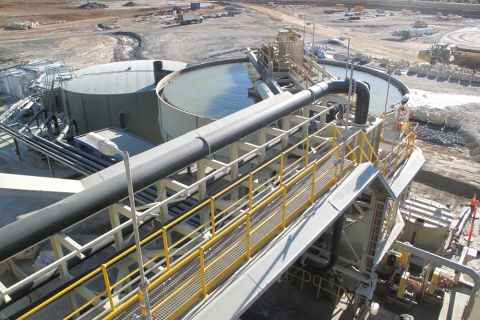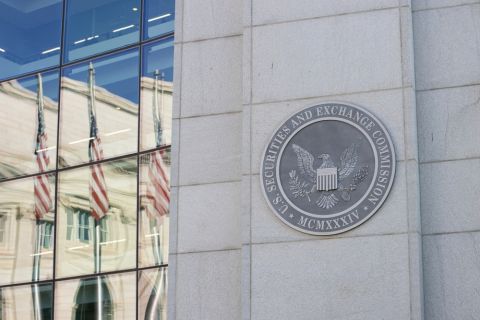The bureaucratic scramble to increase regulation of crude-by-rail shipments continues. The U.S. Department of Transportation (DOT) has issued an emergency order requiring all crude shippers to test Bakken regional production to ensure oil is properly classified by hazardous material status. The directive also prohibits transportation of crude in DOT’s lowest-strength packing group.
The order is the fourth U.S. federal emergency order or safety advisory since the July 2013 derailment, explosion and fire that killed 47 people and devastated Lac-Mégantic, Quebec. Canada also has issued several orders related to crude by rail. There have been other, less-spectacular derailments since. The light, highly volatile crude typical of Bakken wells has been tagged has a potential cause of the fires and explosions.
DOT Secretary Anthony Foxx said his department is “raising the bar for shipping crude oil on behalf of the families and communities along rail lines nationwide—if you intend to move crude oil by rail, then you must test and classify the material appropriately. And when you do ship it, you must follow the requirements for the two strongest safety packing groups. From emergency orders to voluntary agreements, we are using every tool at our disposal to ensure the safe transportation of crude.”
Crude shippers must ensure that the product is properly tested and classified in accordance with federal safety regulations. The emergency order also requires that all Class III crude shipments be designated as Packing Group I or II, thereby requiring the use of strengthened tank cars. Packing Group III, a lower risk designation, will not be accepted until further notice.
Interstate shippers are required to use nine hazard classes as a guide to properly classify all materials. Proper classification ensures that the material is placed in the proper package and that risk is accurately communicated to emergency responders.
DOT said it continues to work aggressively across multiple fronts to enforce its requirements and reduce risks regarding the safe transport of all materials. That includes ongoing rule-making to improve the design of the standard, DOT-111 railroad tank car.
Separately, U.S. railroads agreed to slow trains hauling crude oil and install safety equipment. The Association of American Railroads said its members will reduce speeds of certain trains carrying crude. Trains with at least 20 cars, including DOT-111 cars, will slow to 40 miles per hour or less near 46 urban centers areas deemed as high risk.
Recommended Reading
Guyana’s Stabroek Boosts Production as Chevron Watches, Waits
2024-04-25 - Chevron Corp.’s planned $53 billion acquisition of Hess Corp. could potentially close in 2025, but in the meantime, the California-based energy giant is in a “read only” mode as an Exxon Mobil-led consortium boosts Guyana production.
NAPE: In Basins Familiar to E&Ps, Lithium Rush Offers Little Gold
2024-02-07 - A quest for sources of lithium comes as the lucrative element is expected to play a part in global efforts to lower emissions, but in many areas the economics are challenging.
Venture Global Gets FERC Nod to Process Gas for LNG
2024-04-23 - Venture Global’s massive export terminal will change natural gas flows across the Gulf of Mexico but its Plaquemines LNG export terminal may still be years away from delivering LNG to long-term customers.
DOE Considers Technip, LanzaTech For $200MM ‘Breakthrough’ Technology Award
2024-03-25 - The U.S. Department of Energy funding will be used to develop technology that turns CO2 into sustainable ethylene.
Hirs: SEC’s Enhanced Climate-related Disclosures Are Unnecessary—Even According to SEC
2024-03-15 - The SEC’s rationale for enhanced climate-disclosure rules is weak and contradictory, says Ed Hirs.





